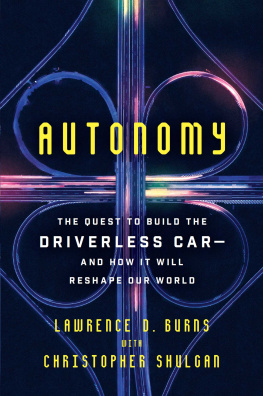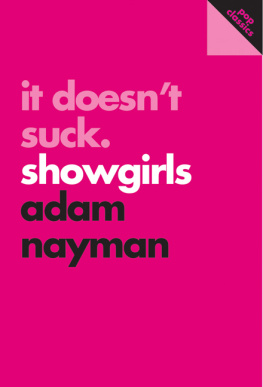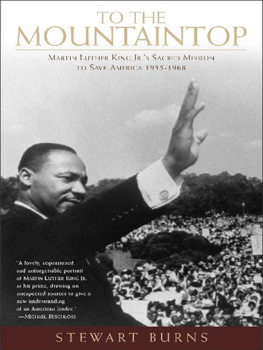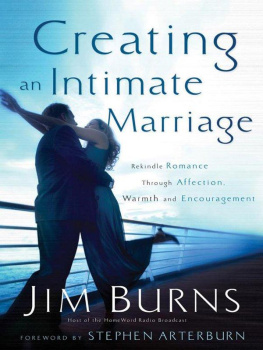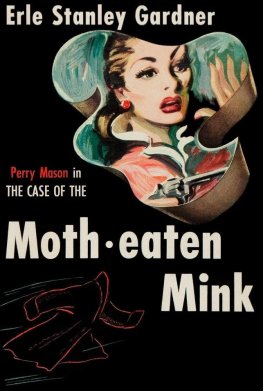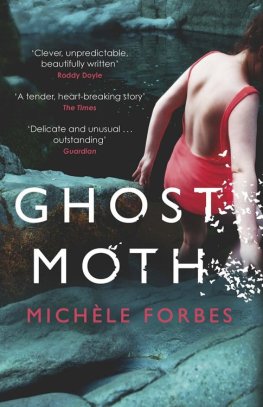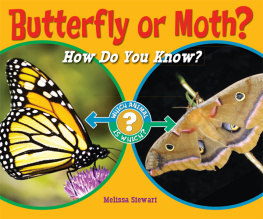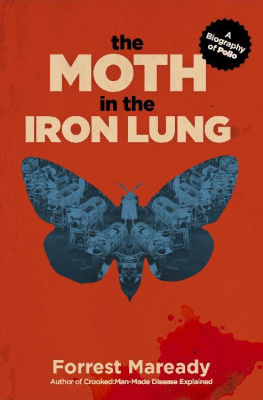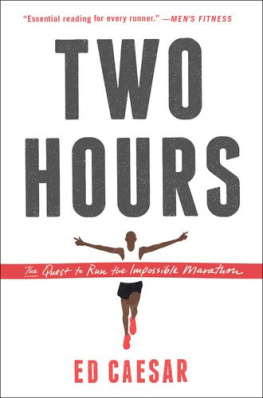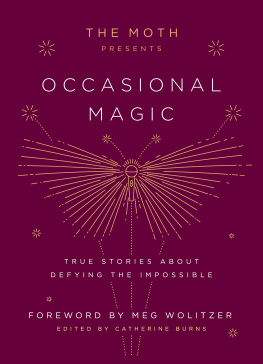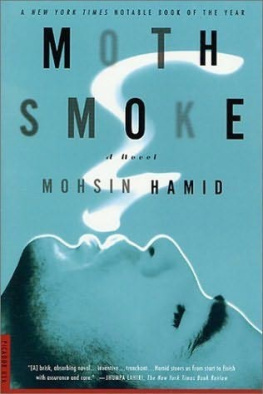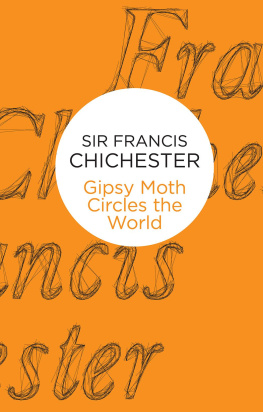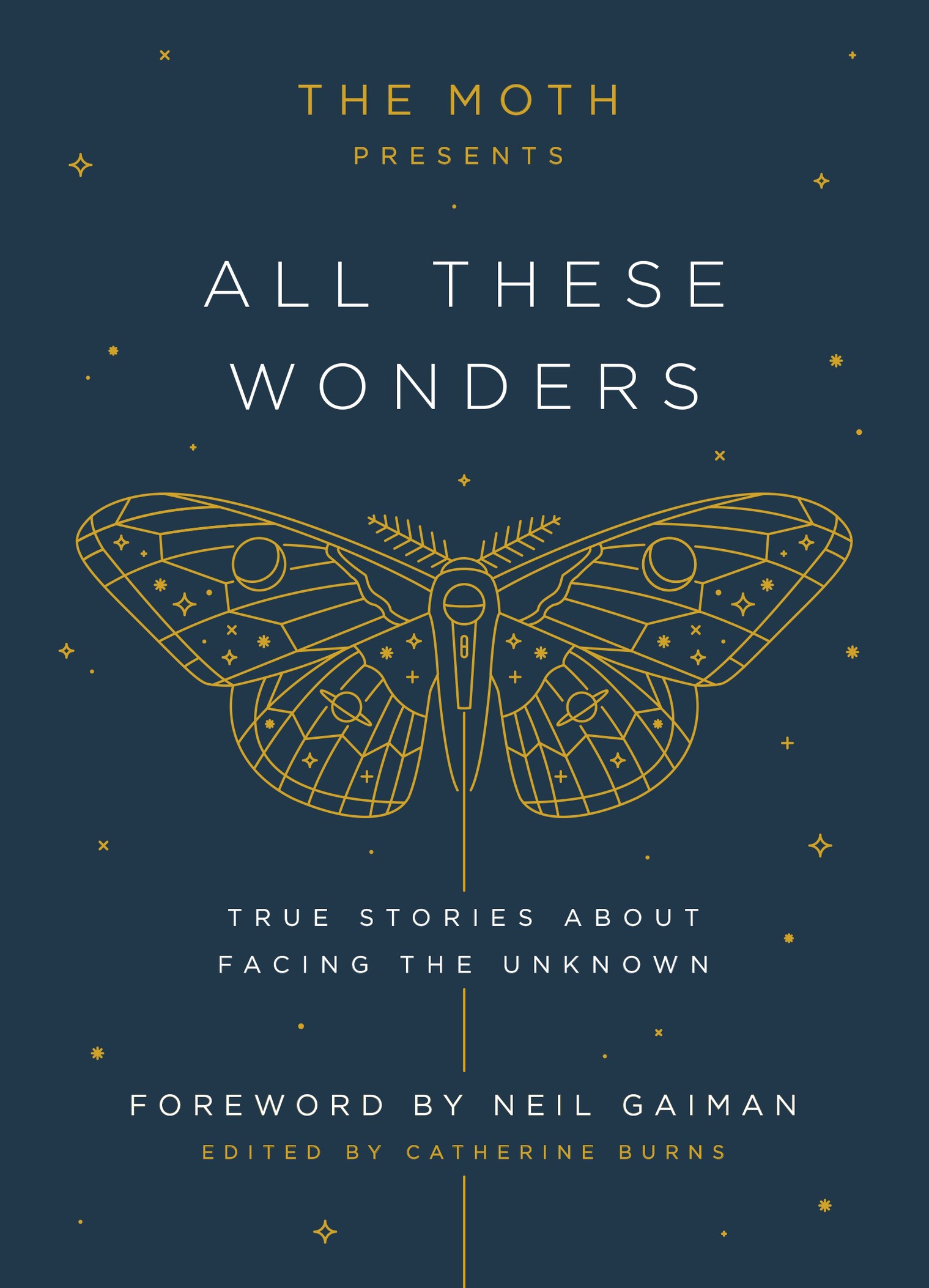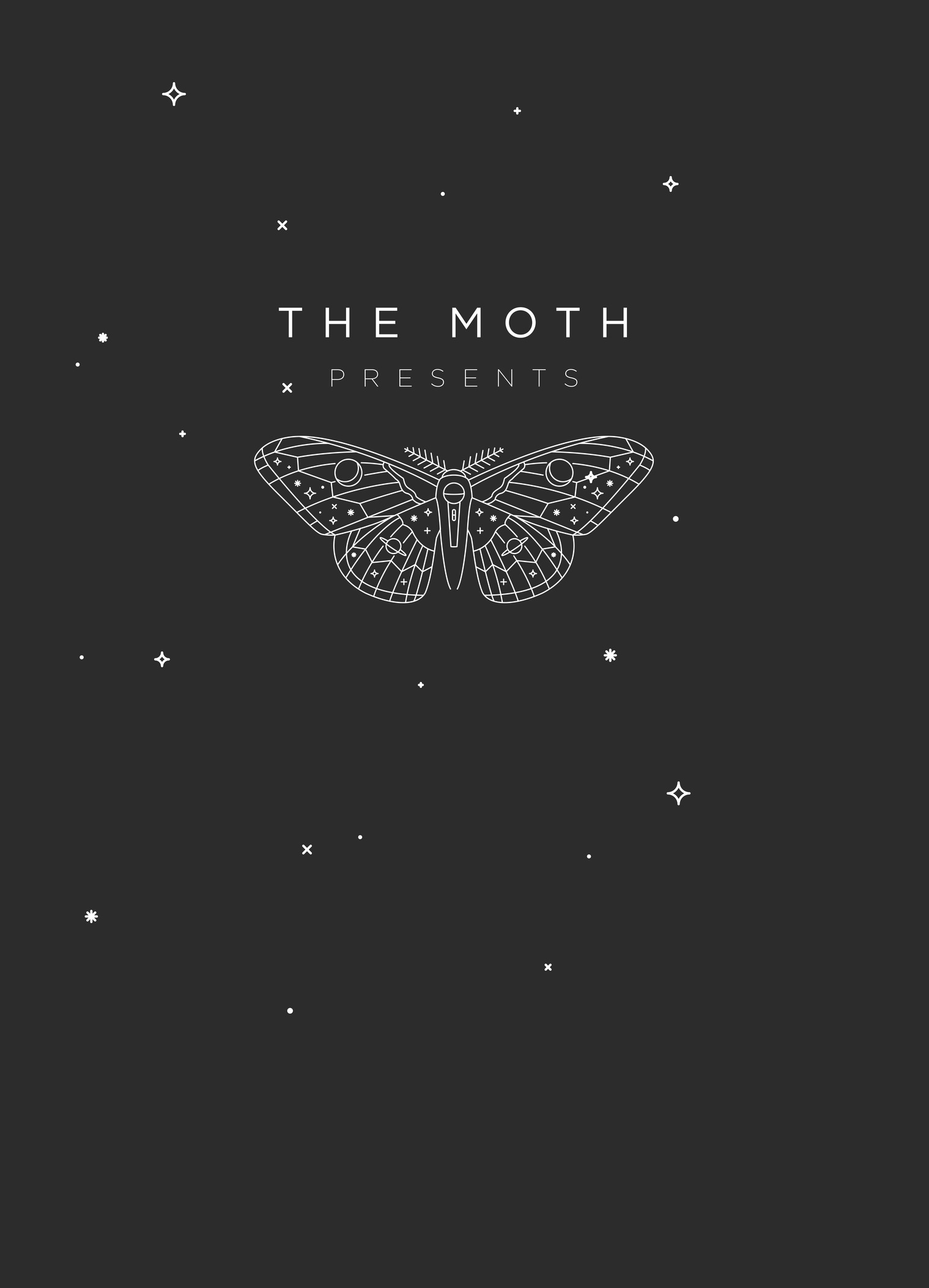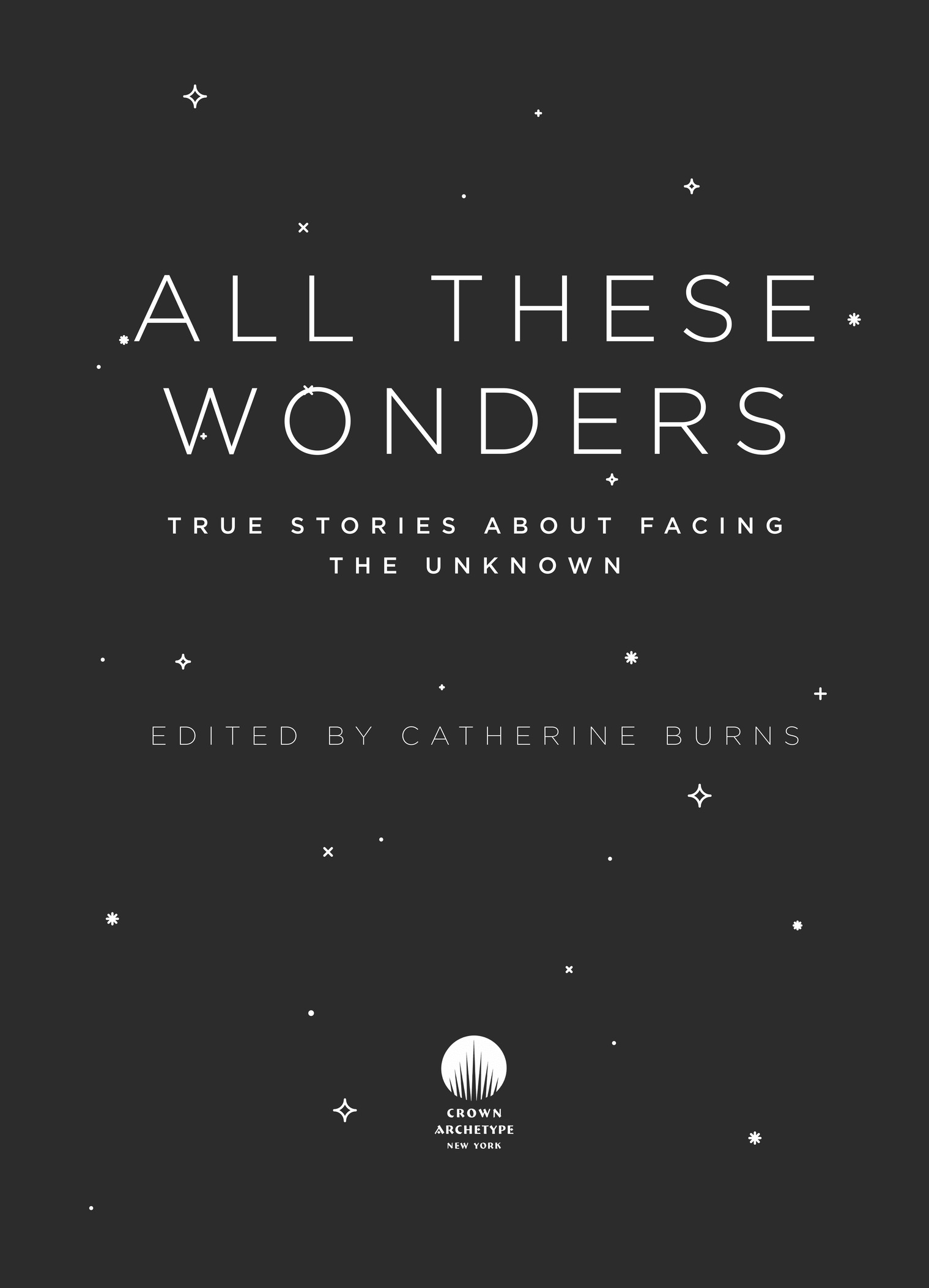Copyright 2017 by The Moth. Copyrights in the individual works retained by the contributors.
All rights reserved.
Published in the United States by Crown Archetype, an imprint of the Crown Publishing Group, a division of Penguin Random House LLC, New York.
Crown Archetype and colophon is a registered trademark of Penguin Random House LLC.
Names: Burns, Catherine, 1969- editor.
Title: The moth presents all these wonders : true stories about facing the unknown / edited by Catherine Burns.
Description: First edition. | New York : Crown Archetype, 2017.
Subjects: LCSH: Moth radio hour (Radio program) | United States--Social life and customs--20th century--Anecdotes. | Popular culture--United States--Anecdotes. | United States--Biography--Anecdotes.
TO EVERYONE WHO HAS EVER MUSTERED THE COURAGE TO TELL A MOTH STORY.
And to all who have listened with an open heart.
I was given a list of things they wanted me to do at the PEN World Voices Festival in New York. Everything seemed straightforward except for one thing.
Whats the Moth? I asked. It was April 2007.
The Moths a storytelling thing, I was told. You talk about real-life things that happened to you, in front of a live audience. (There may have been other answers in human history that were as technically correct but that missed out everything important, however, offhand I cannot think what they are.)
I knew nothing of the Moth, but I agreed to tell a story. It sounded outside my area of comfort, and as such, a wise thing to do. A Moth director, I was told, would call me.
I talked to the Moth director on the phone a few days later, puzzled: Why was I talking about my life to someone else? And why was someone else pointing out to me what my story was about?
I didnt begin to understand what the Moth was about until I turned up for the run-through beforehand, and I met Edgar Oliver.
Edgar was one of the people telling stories that night. You can read his story on the page, but from reading you do not get Edgars gentleness or his openness, and you do not get the remarkable accent, which is the sort of accent that a stage-struck Transylvanian vampire might adopt in order to play Shakespeare, accompanied by elegant hand movements that point and punctuate and elaborate on the nature of the things he is telling us about, whether Southern Gothic or New York personal. I watched Edgar tell his story in the run-through (he managed to cut about ten minutes when he told it on the stage, and it was as if Id never heard it before), and I knew I wanted to be part of this thing, whatever it was.
I told my story (in it I was fifteen and stranded alone on Liverpool Street Station, waiting for parents who would never come), and the audience listened and laughed and winced and they clapped at the end and I felt like Id walked through fire and been embraced and loved.
Somehow, without meaning to, Id become part of the Moth family.
I subscribed to the Moth podcast, and every week somebody would tell me a true story that had happened to them that would, even if only slightly, change my life.
A few years later, I found myself on an ancient school bus, driving through the American South, with a handful of storytellers, telling our stories in bars and art museums and veterans halls and theaters. I told them about how I found a dog by the side of the road who rescued me, about my father and my son, about getting into trouble at school as an eight-year-old for telling a very rude joke Id heard from the big boys. I watched the other storytellers telling pieces of themselves night after night: no notes, nothing memorized, always similar, always true and always, somehow, fresh.
Ive visited some of the Moth StorySLAMs, as people who are randomly picked come up and compete for audience love and respect. Ive watched the stories they tell, and told my own stories there (out of competition, before or after its all over). Ive watched people trying to tell stories fail, and Ive watched them break the hearts of everyone in the room even as they inspired them.
The strange thing about Moth stories is that none of the tricks we use to make ourselves loved or respected by others work in the ways you would imagine they ought to. The tales of how clever we were, how wise, how we won, they mostly fail. The practiced jokes and the witty one-liners all crash and burn up on a Moth stage.
Honesty matters. Vulnerability matters. Being open about who you were at a moment in time when you were in a difficult or an impossible place matters more than anything.
Having a place the story starts and a place its going: thats important.
Telling your story, as honestly as you can, and leaving out the things you dont need, thats vital.
The Moth connects us, as humans. Because we all have stories. Or perhaps, because we are, as humans, already an assemblage of stories. And the gulf that exists between us as people is that when we look at each other we might see faces, skin color, gender, race, or attitudes, but we dont see, we cant see, the stories. And once we hear each others stories we realize that the things we see as dividing us are, all too often, illusions, falsehoods: that the walls between us are in truth no thicker than scenery.
The Moth teaches us not to judge by appearances. It teaches us to listen. It reminds us to empathize.
And now, with these wonderful stories, it teaches us to read.
Neil Gaiman



